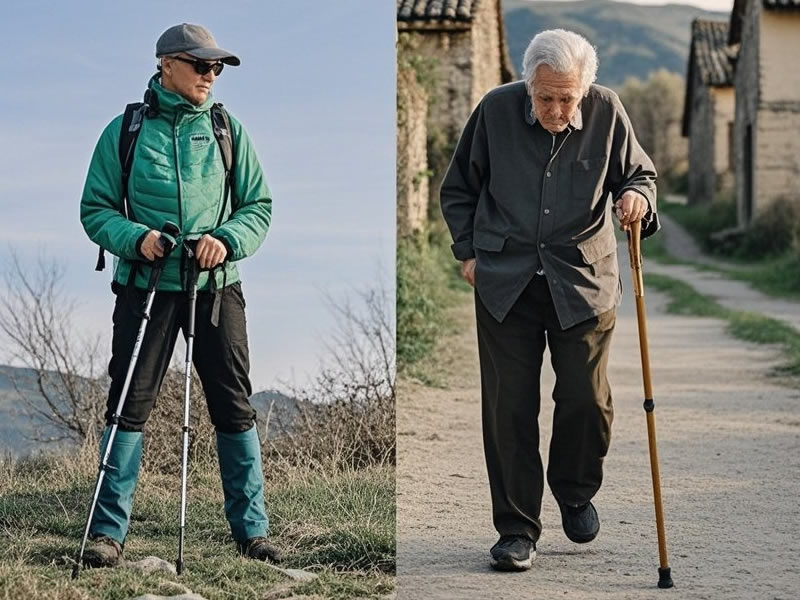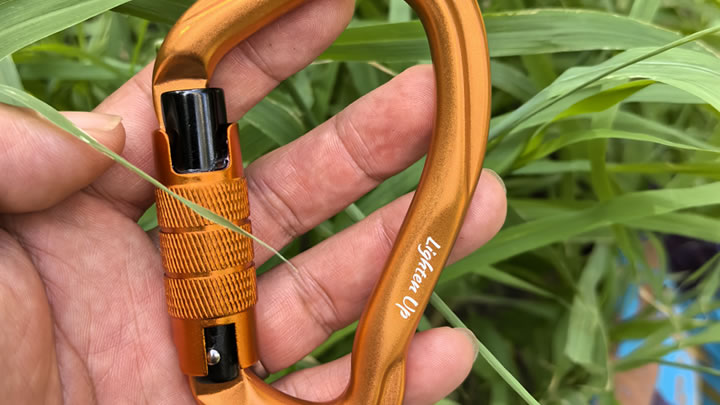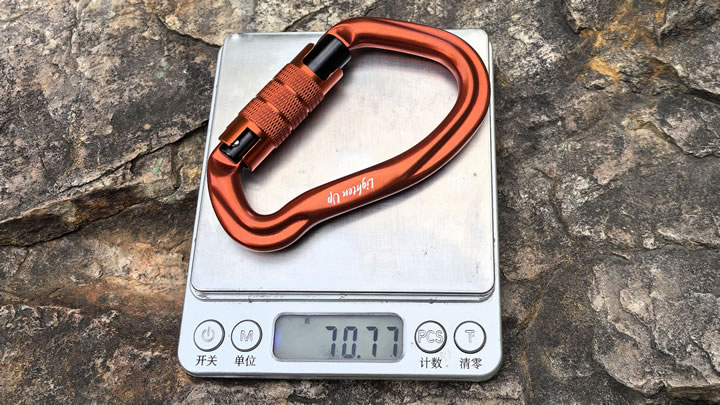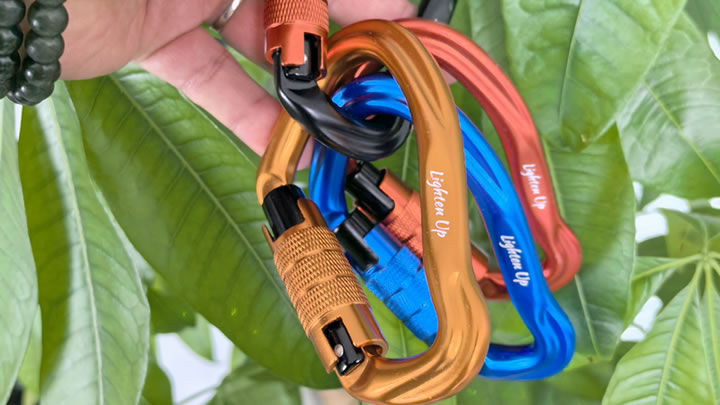Walking sticks vs. trekking poles: What’s the difference?
Thursday, May 8, 2025
Walking sticks and trekking poles serve distinct purposes, with key differences in design, functionality, and intended use.

Purpose:
- Walking sticks provide basic support for daily activities or light uneven terrain, ideal for seniors or individuals with balance issues .
- Trekking poles are engineered for outdoor adventures, offering stability on rugged trails, reducing joint stress during ascents/descents, and improving balance on slippery surfaces .
- Design Features:
- Adjustability: Trekking poles are telescopic, allowing height customization for varied terrain (e.g., shorter for uphill, longer for downhill) . Walking sticks are often fixed-length, though some modern models offer height adjustment .
- Handles: Ergonomic trekking pole grips (e.g., cork, foam) reduce hand fatigue, while walking sticks may feature decorative or simple knob handles .
- Shock Absorption: Many trekking poles include built-in shock absorbers to minimize impact on wrists and elbows . Walking sticks rarely have this feature .
- Tips and Baskets: Trekking poles use replaceable carbide tips for traction and detachable baskets to prevent sinking in mud or snow . Walking sticks typically have a fixed rubber or metal tip .
- Materials:
- Trekking poles prioritize lightweight durability (e.g., aluminum, carbon fiber), with carbon fiber models being lighter but less impact-resistant .
- Walking sticks may use decorative materials like wood or metal, though modern designs also incorporate aluminum or fiberglass .
- Usage:
- Trekking poles are used in pairs to distribute weight evenly, engage upper-body muscles, and enhance stability on challenging trails .
- Walking sticks are single-handed, offering casual support for short walks or urban use .
- Cost:
Trekking poles generally cost more due to advanced features (e.g., shock absorption, adjustable mechanisms), while walking sticks are often budget-friendly . - Conclusion:
Choose a walking stick for everyday stability or style, and trekking poles for rigorous outdoor activities requiring durability, adjustability, and shock absorption.






